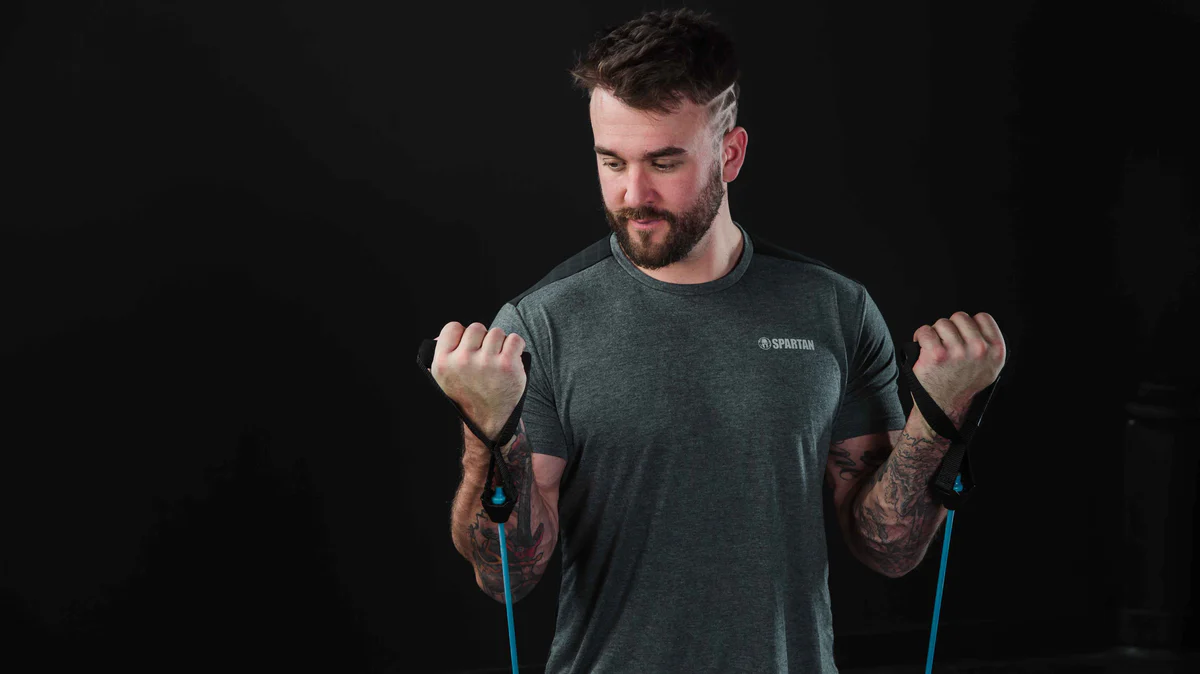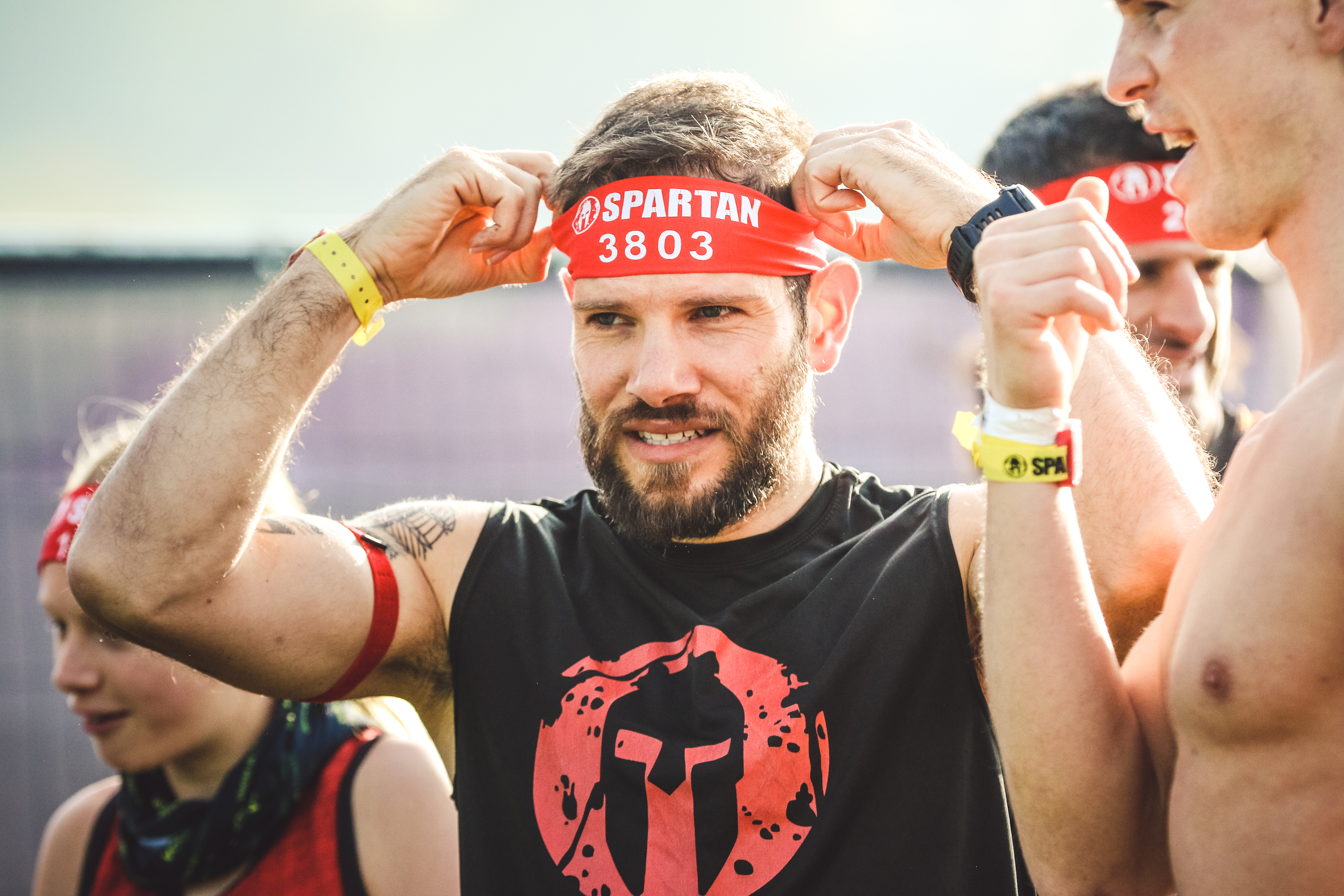
When it comes to looking strong, it’s all about the biceps. Think about it: Ask someone to flex and, nine times out of 10, they’ll flash you their biceps. Sometimes, they’ll invite you to squeeze them. (Thanks, but no thanks.) And to get solid biceps, you need to know the best bicep exercises. So what are they?
What Are the Best Bicep Exercises?
Below are five of the best bicep exercises for targeting and building your biceps. The first three are dumbbell bicep exercises, the fourth is a barbell bicep exercise, and the fifth bicep exercise uses a cable.Integrate three or four of these into your regular routine — which should already involve upper-body work — including pulling movements, like rows and pull-ups. Perform three to five sets of six to 12 reps, resting for 30 to 90 seconds between each set. Use a weight that allows you to just barely get through your last rep with proper form.As soon as you can perform two extra reps during your last two sets, move up in weight. After six to 12 weeks of performing those bicep curl variations, rotate through three to four new ones. Once you exhaust the list, start the cycle back over.
1. Seated Alternating Dumbbell Curl
When discussing the best bicep exercises, we’d be remiss not to start things off with the tried-and-true dumbbell curl. Sure, it’s the basis for every exercise on this list, but research published in the Journal of Sports Science and Medicine shows that its popularity holds up, with it activating the biceps far better than some other curl variations (not listed here).To get the most from your traditional bicep curl, perform it alternating. The vast majority of exercisers can lift slightly more total weight when curling one arm at a time than they can if they curl both arms together. And the more weight your biceps curl, the stronger they’re going to get.
How to Do a Seated Alternating Dumbbell Curl:
Sit on a 90-degree bench with a dumbbell in each hand, palms facing forward, arms extended straight toward the floor but not locked out, and shoulders pulled back. From here, slowly lift one weight to the front of your shoulder while keeping your back pressed firmly against the bench and elbow and shoulder stationery. Pause, squeezing your bicep at the top, then slowly reverse the movement to return to start. Repeat on the opposite side.
2. Alternating Incline Dumbbell Curl
When you think about your biceps, you probably envision your biceps brachii, which sits above your brachialis and is largely responsible for that bicep bulge we all want, Matthew J. Capolongo, C.S.C.S., P.E.S., a sports performance coach at Professional Athletic Performance Center, explains. He adds that research shows that this move is one of the best bicep exercises for developing the biceps brachii.
How to Do an Alternating Incline Dumbbell Curl:
Lie back on an incline bench with a dumbbell in each hand, palms facing forward, arms extended straight toward the floor but not locked out, and shoulders pulled back. From here, slowly lift one weight to the front of your shoulder while keeping your back pressed firmly against the bench and elbow and shoulder stationery. Pause, squeezing your bicep at the top, then slowly reverse the movement to return to start. Repeat on the opposite side.
3. Seated Alternating Hammer Curl
By curling your dumbbells with a neutral rather than underhand grip, you automatically switch the main muscle worked from the biceps brachii to the brachialis, Capolongo explains. That’s because your biceps brachii help you rotate your forearms so that your palms face up. And, while the brachialis is a deeper, barely visible muscle, it helps give your biceps more shape and strength as a whole, he says.
How to Do a Seated Alternating Hammer Curl:
For this biceps exercise, sit on a 90-degree bench with a dumbbell in each hand, palms facing in toward your body, arms extended straight toward the floor, but not locked out, and shoulders pulled back. From here, slowly lift one weight to the front of your shoulder while keeping your back pressed firmly against the bench and elbow and shoulder stationery. Pause, squeezing your bicep at the top, then slowly reverse the movement to return to start. Repeat on the opposite side.
4. Standing Reverse Barbell Curl
According to 2015 research from Frontiers in Physiology, this variation significantly increases activity in the brachioradialis, the third and final muscle that makes up your biceps. This is because when you curl a weight with an overhand grip (which is easiest to maintain with a barbell), you put the biceps brachii at a huge mechanical disadvantage. This means that the typically underused brachioradialis has to step in to pick up the slack, according to Minnesota-based exercise physiologist Mike T. Nelson, Ph.D., C.S.C.S.It’s worth noting that you won’t be able to curl near as much weight with this variation compared to the other exercises on this list. Don’t be too proud to go light.
How to Do a Standing Reverse Barbell Curl:
Stand tall with your feet hip-width apart, holding a barbell with both hands, palms facing in toward your body, arms extended straight toward the floor but not locked out, and shoulders pulled back. From here, slowly lift the weight to the front of your shoulders while keeping your elbows and shoulders stationery. Pause, squeezing your biceps at the top, then slowly reverse the movement to return to start. Repeat on the opposite side.
5. Standing Cable Curl
Cable curls are great when paired with free-weight bicep exercises. While dumbbells and barbells place the greatest amount of force on the biceps when your elbows are bent to 90 degrees, cables keep resistance constant through the entire range of motion. So with this bicep exercise variation, you’ll notice your biceps working a lot harder at the very top and bottom of the movement than they do with dumbbells.
How to Do a Standing Cable Curl:
Stand tall with your feet hip-width apart facing a cable station, with a straight handle fixed to the lowest setting. Hold the handle with both hands, shoulder-width apart, palms facing forward, arms extended straight toward the floor but not locked out, and shoulders pulled back. From here, slowly lift the weight to the front of your shoulders while keeping your elbows and shoulders stationery. Pause, squeezing your biceps at the top, then slowly reverse the movement to return to start. Repeat on the opposite side.





